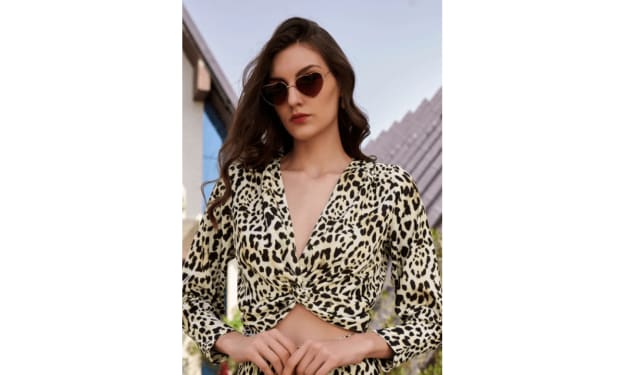
This comprehensive essay explores the captivating history of fashion, from ancient civilizations to modern trends. Discover the evolution of fashion, the emergence of iconic trends, and the significance of fashion as a form of self-expression and social commentary.
Explore how fashion has influenced culture and society, and how it continues to shape our personal identities. From flapper styles to power dressing and sustainable fashion, this essay provides insights into the dynamic and ever-changing world of fashion.
Contents Show
Fashion : An Ever-Evolving Expression of Style and Identity
Fashion is an integral part of human culture, transcending centuries and reflecting society’s values, attitudes, and creativity. It encompasses clothing, accessories, hairstyles, and even body modifications, serving as a powerful means of self-expression and identity.
Throughout history, fashion has evolved, drawing inspiration from diverse sources and mirroring the changing times.
Fashion History
The roots of fashion can be traced back to ancient civilizations, where clothing served practical and symbolic purposes. In ancient Egypt, garments made from linen were draped loosely to suit the desert climate. The ancient Greeks embraced a more structured and tailored style, characterized by flowing robes and intricate draping techniques.
Fashion has always been influenced by cultural traditions, social classes, and technological advancements. During the Renaissance, fashion became a symbol of wealth and status. Elaborate garments adorned with intricate embroidery, luxurious fabrics, and precious jewels became the epitome of high fashion.
The Industrial Revolution marked a significant turning point for fashion. Mass production enabled the creation of ready-to-wear garments, making fashion accessible to a wider audience. This era also saw the emergence of fashion magazines, which disseminated trends and inspired individuals to embrace new styles.
Fashion Trends
Fashion trends are cyclical, with styles resurfacing in modern iterations. Throughout the 20th and 21st centuries, numerous trends have captivated the public’s attention and left an indelible mark on the fashion landscape.
The 1920s introduced the flapper style, characterized by shorter hemlines, loose-fitting dresses, and dropped waistlines. This trend challenged societal norms, representing a newfound sense of freedom and liberation.
The counterculture movements of the 1960s gave rise to the hippie fashion trend. Embracing peace, love, and individuality, people adorned themselves with colorful, loose-fitting clothing, bell-bottom pants, and psychedelic patterns. This movement rejected mainstream fashion’s rigidity.
In the 1980s, power dressing became prominent. Bold shoulder pads, oversized blazers, and vibrant colors reflected women’s increasing presence in the corporate world and their desire to exude authority and confidence.
In recent years, sustainability and ethical fashion have taken center stage. As awareness of the fashion industry’s environmental impact grows, consumers are seeking eco-friendly materials and supporting brands committed to ethical practices.
The Significance of Fashion
Fashion extends beyond mere clothing choices; it serves as a powerful tool for self-expression, cultural identity, and social commentary. Through fashion, individuals can communicate their personal style, beliefs, and aspirations to the world.
Fashion has also played a pivotal role in challenging societal norms and promoting inclusivity. The emergence of gender-neutral fashion has blurred traditional boundaries, allowing individuals to freely express their gender identity.
Moreover, fashion has served as a form of social commentary. Designers have used their creations to shed light on crucial issues such as gender equality, racial justice, and environmental sustainability. Fashion shows and campaigns have become platforms for raising awareness and sparking meaningful conversations.
Conclusion
Fashion, with its rich history and ever-evolving trends, continues to captivate individuals worldwide. From ancient civilizations to modern runways, fashion remains an art form that reflects society, culture, and personal identity.
As trends come and go, fashion serves as a timeless journey of self-expression, challenging conventions, and making statements about the world. It will continue to shape and inspire generations to come, leaving an enduring impact on the way we express ourselves and perceive the world of style and fashion.





Comments
There are no comments for this story
Be the first to respond and start the conversation.